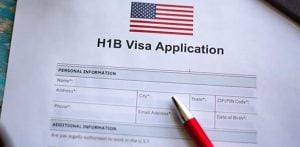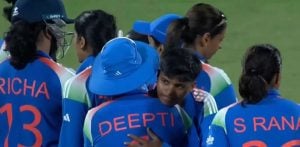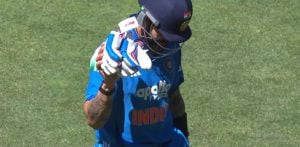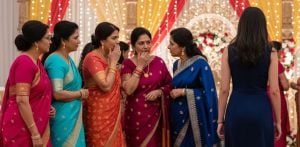"calls, texts, and video chats make them easier"
Infidelity is reportedly rising in Bengaluru, fuelled by unmet emotional needs, loneliness, and lack of intimacy, say relationship experts and divorce lawyers.
Data from the extramarital dating app Gleeden also places Bengaluru high on India’s “cheating map”, with the city accounting for 17% of the app’s Indian users, who are mostly 30 to 45-year-old professionals.
Sybil Shiddell, country manager of Gleeden India, said:
“Emotional dissatisfaction is the main reason for joining, with many seeking emotional rather than physical companionship.”
About 65% of users are men and 35% are women, largely from affluent finance, law, engineering, or entrepreneurial backgrounds.
Gleeden’s Infidelity Study 2025 surveyed 1,510 people aged 18 to 60 across 12 cities.
Shiddell explained: “In Bengaluru, 29% admitted to flirting on social media, while 53% reported some form of infidelity – 7% physical, 12% emotional and 34% both.”
According to relationship experts, most clients seeking therapy for infidelity are in their 30s to 50s, and not all cases end in divorce.
Psychologist Nithya J Rao of Becoming Shanta, a mental and holistic wellbeing centre, says more than half her cases in 2025 involved relationship issues, with around 20% linked to adultery.
She said: “The partners in an affair are often sought to fill an emotional void or compensate for mismatched compatibility.
“Depending on the need, the cheating partner may turn to the workplace or a dating app.”
Priya Vardharajan, founder of Durga India, a non-profit focused on women’s safety and gender equity, says adultery cases have risen by 40% over the past five years.
She said: “When women come to us, many women initially cite emotional distance or lack of intimacy, but deeper conversations reveal infidelity.”
Consultant clinical psychologist Muniswamy KS stated that monthly cases have risen from about 60 to 100.
He said: “Affairs existed before, but limited communication prevented full-fledged relationships. Now calls, texts, and video chats make them easier to sustain.”
Most cases involve men aged 27 to 38 from middle- and upper-middle-class families, while women are typically under 35.
Muniswamy added: “Most extramarital relationships develop from familiarity, colleagues or friends, starting with emotional support and later becoming physical.”
Detective agencies in Bengaluru say workplaces are the most common setting for affairs, followed by social circles, with social media making connections easier.
Behavioural changes such as reduced communication, being overprotective of phones, and sudden defensiveness often raise suspicion.
Surveillance expert JC Nagar said suspected infidelity cases have surged from two or three a month in 2020 to over 40 now.
He elaborated: “About 90% of our cases involve such investigations. Around 60% of clients are men suspecting wives and 40% are women checking on their husbands.
“Women in affairs are typically 35-55 and men are aged 26-48.
“Clients come to us when their partners start hiding phones, changing passwords, or deflecting blame. Some affairs have gone undetected for over 15 years.”
Purushotham Mesta, of Rajdhani Detective Agency in Vijayanagar, said there has been up to a four-fold rise in such cases over five years, with 60% of clients being women.
He said men often have affairs with colleagues, while women reconnect with old friends via social media.
Advocate Kusum Ranganathan says adultery-related divorces have risen by 25 to 30% in five years.
She said:
“It’s not just men; women also have extramarital relationships.”
Explaining that some clients even hire detectives or hackers to access social media or chat logs, she added: “Technology has made both cheating and exposing it easier.”
Experts say love and arranged marriages are equally prone to cheating, with most couples settling divorces privately through mutual consent.
Advocate Bojamma PK explained that adultery can be cited as a ground for divorce under several laws, including Section 13(1)(i) of the Hindu Marriage Act, 1955; Section 27(1)(a) of the Special Marriage Act, 1954; Section 22 and Section 11 of the Indian Divorce Act, 1869 (Christian); Section 32(d) of the Parsi Marriage and Divorce Act, 1936; and Section 45 and 46 of the Army Act, 1950.






























































